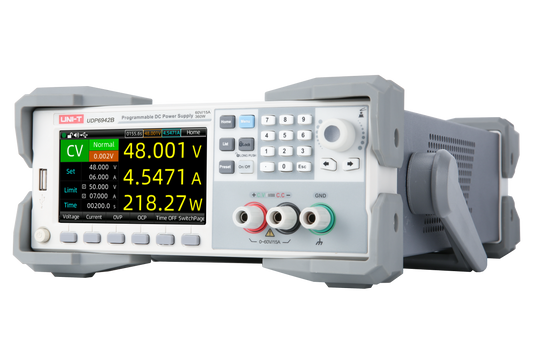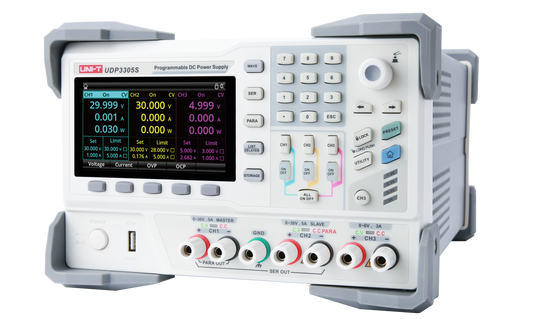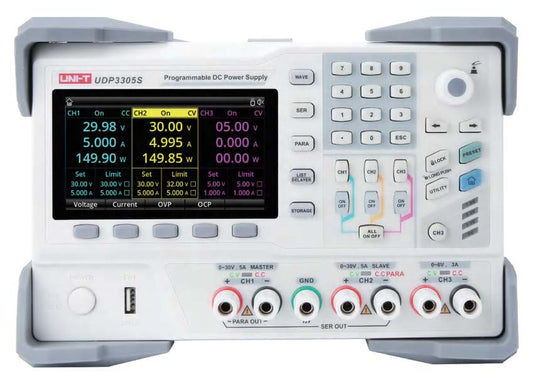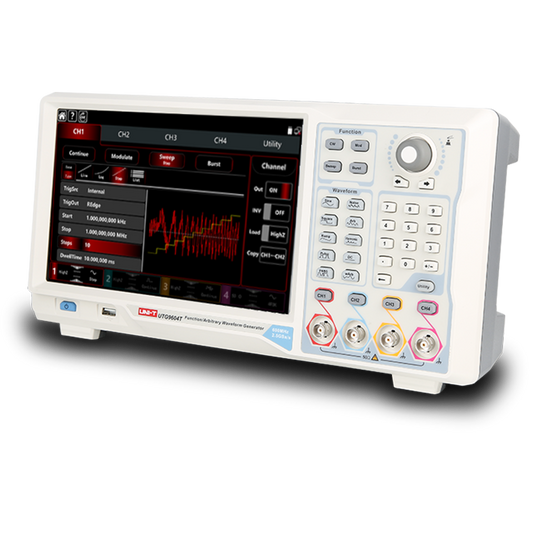Unleashing the Power of Precision: Spectrum Analyzers with Tracking Generators in RF Circuit Design
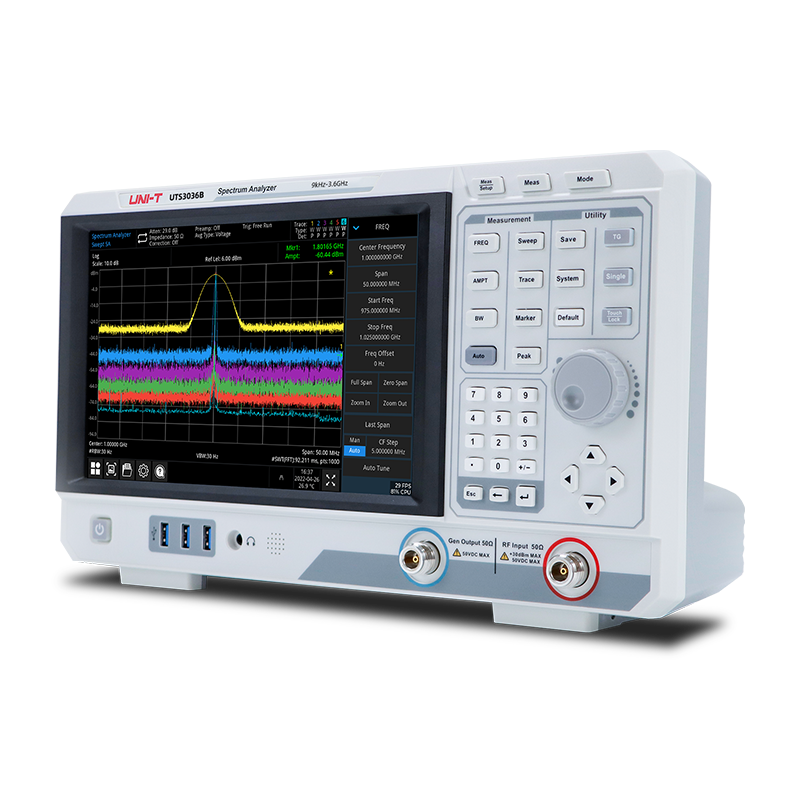
In the fast-paced realm of RF circuit design, maintaining a competitive edge necessitates tools that not only meet stringent precision standards but also streamline the research and development process. A key player in this regard is the spectrum analyzer with a tracking generator. In this article, we will explore the multitude of benefits, applications, and best practices associated with harnessing the capabilities of this formidable pair in your circuit design endeavors.
Unveiling the Benefits of Spectrum Analyzers with Tracking Generators
Spectrum analyzers paired with tracking generators provide a meticulous view of the frequency domain, enabling engineers to identify and analyze signals with unprecedented accuracy. This capability proves vital for optimizing circuit performance and troubleshooting potential issues. The tracking generator, operating in harmony with the spectrum analyzer, generates a tracking signal that aligns with the analyzer's frequency settings. This simplifies the process of tracing signal paths, facilitating the identification of distortions, interference, or unexpected behavior. Employing both instruments in tandem enables engineers to precisely measure and characterize signals, ensuring that the designed circuits meet the desired specifications. This level of accuracy holds particular significance in applications with stringent performance requirements, such as communication systems or medical devices.
Applications in Circuit Design
Filter Design and Optimization:
Spectrum analyzers with tracking generators, as with the UNI-T UTS-3084T, prove invaluable in the design and optimization of filters within circuits. Engineers can seamlessly analyze the frequency response of filters, pinpoint resonance points, and fine-tune designs to achieve the desired performance. A real-world example is a telecommunications company optimizing bandpass filters in their transceivers, resulting in enhanced signal quality and reduced interference.
RF Component Testing:
In RF circuit design, the testing and characterization of components like amplifiers, mixers, and antennas are critical. The tracking generator expedites efficient testing, allowing engineers to evaluate component performance across a broad frequency range. A case study with a satellite communication company demonstrated the utilization of a spectrum analyzer with a tracking generator to troubleshoot and optimize the performance of RF amplifiers, leading to enhanced signal clarity and reliability.
Best Practices for Optimal Results
Selecting Relevant Frequency Ranges:
When working on a specific circuit, choose a frequency range relevant to the project. This not only enhances measurement accuracy but also minimizes the risk of interference from irrelevant signals.
Leveraging Marker and Trace Functions:
Make effective use of marker and trace functions to identify specific frequencies or amplitude levels in the analyzed signal. This significantly aids in pinpointing potential issues and validating the circuit's performance.
Prioritizing Calibration and Verification:
Regular calibration of both the spectrum analyzer and tracking generator is essential for accurate measurements and reliable results. Additionally, periodic verification using known standards or calibration kits is recommended to uphold the instruments' precision.
Conclusion
In the ever-evolving landscape of RF circuit design, spectrum analyzers with tracking generators emerge as indispensable tools. Their ability to offer profound insights into the frequency domain, streamline signal tracing, and enhance signal characterization makes them essential for engineers aiming for precision and efficiency. By incorporating best practices and real-world examples, you can fully unlock the potential of this powerful combination, propelling your circuit design projects to new heights of success.



